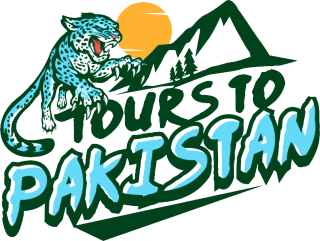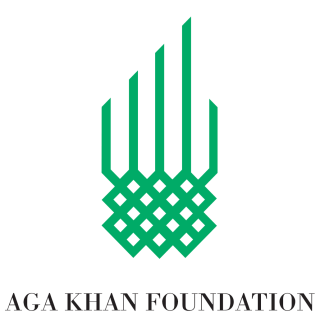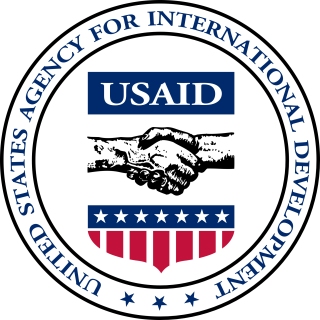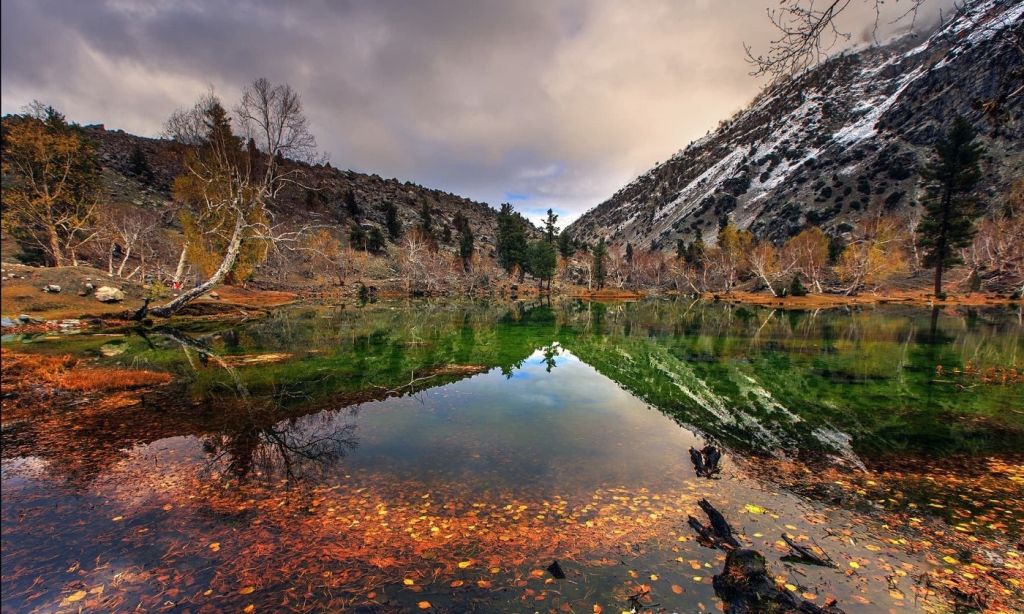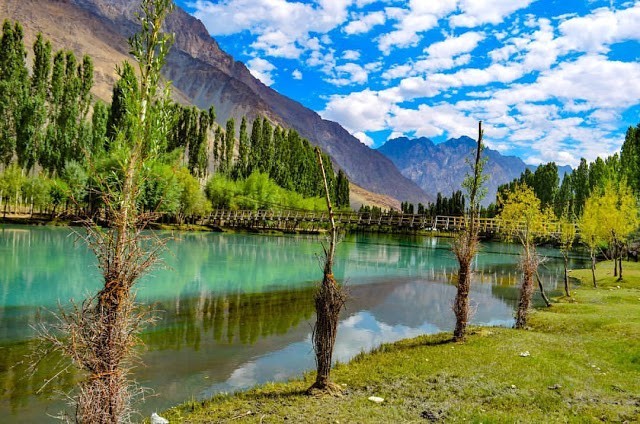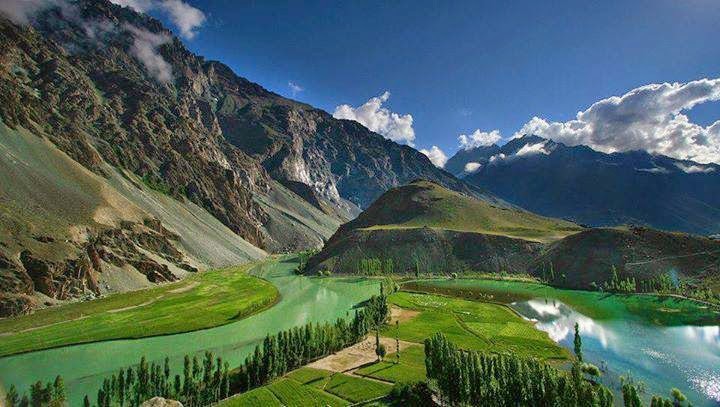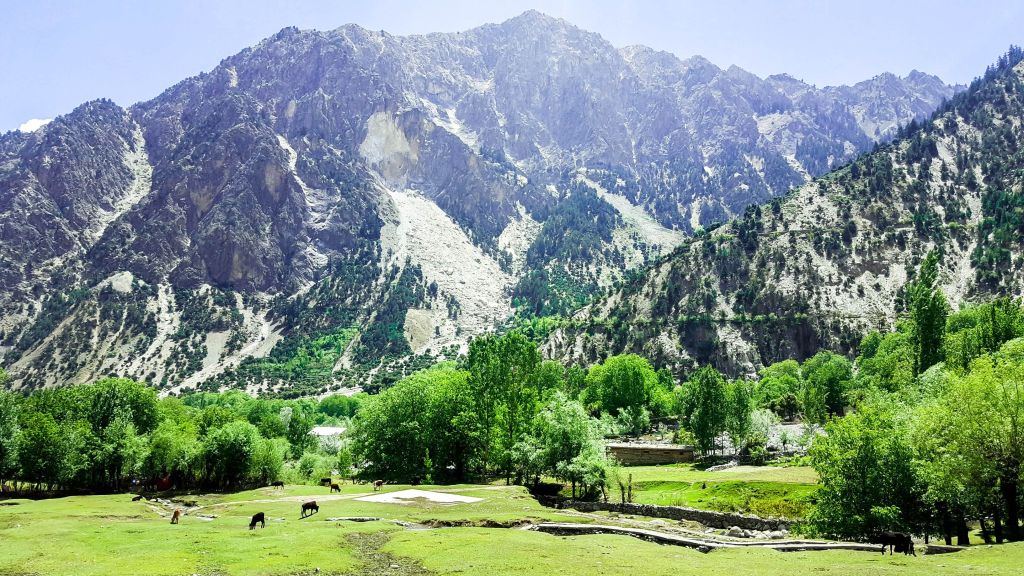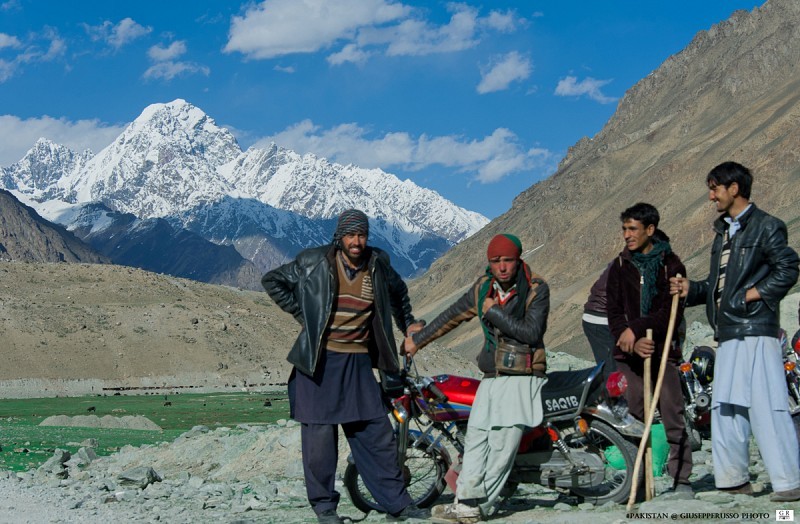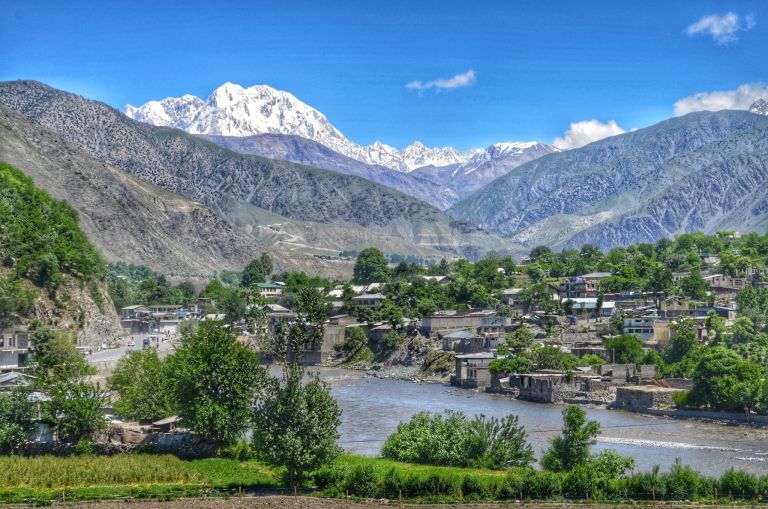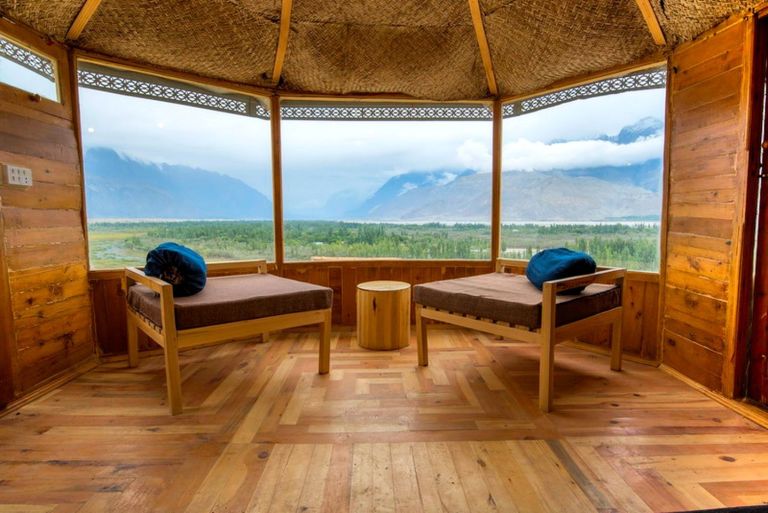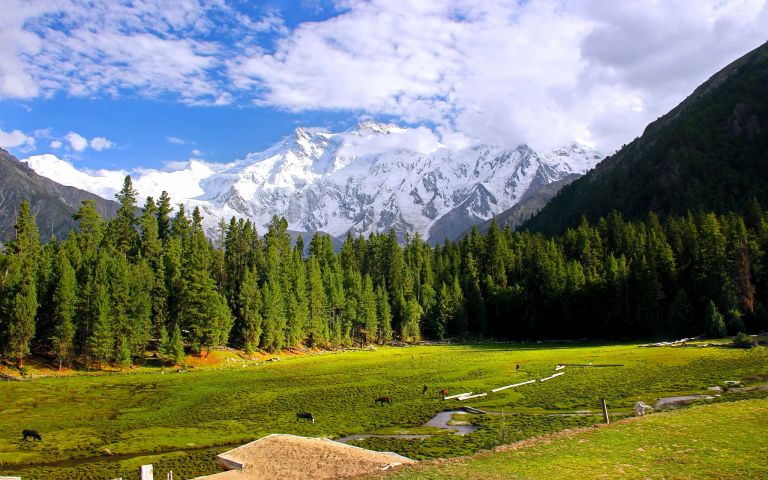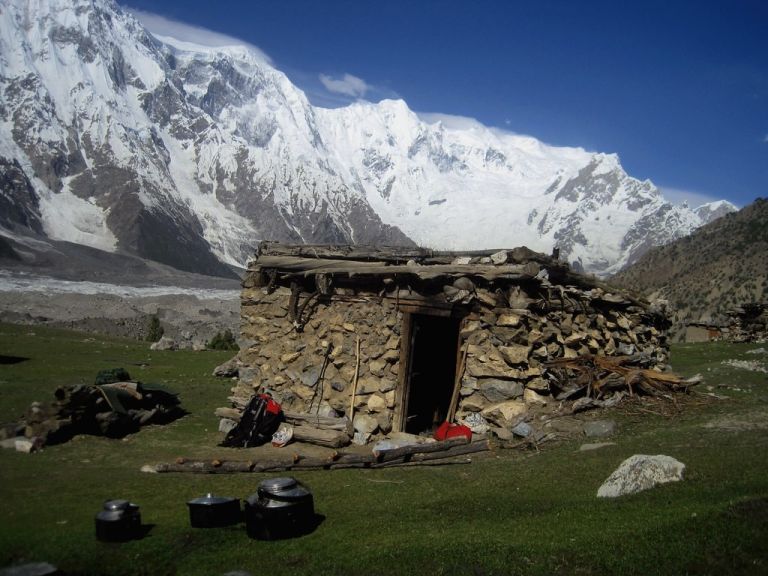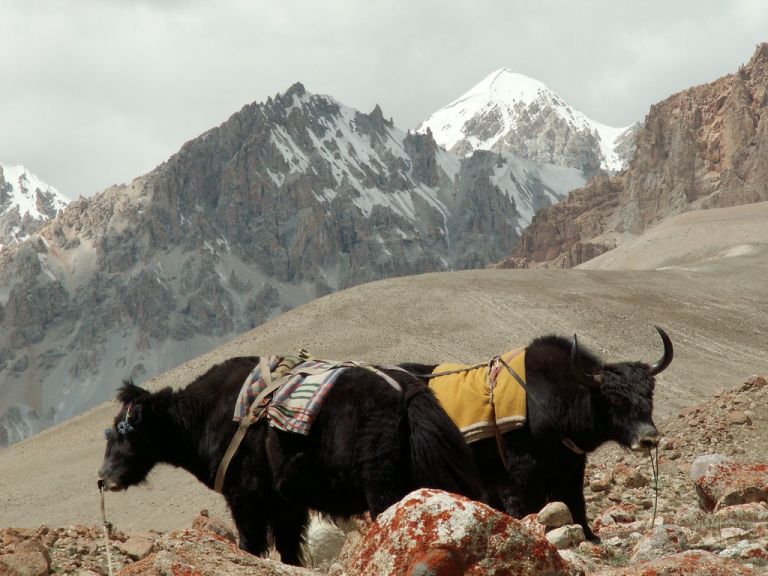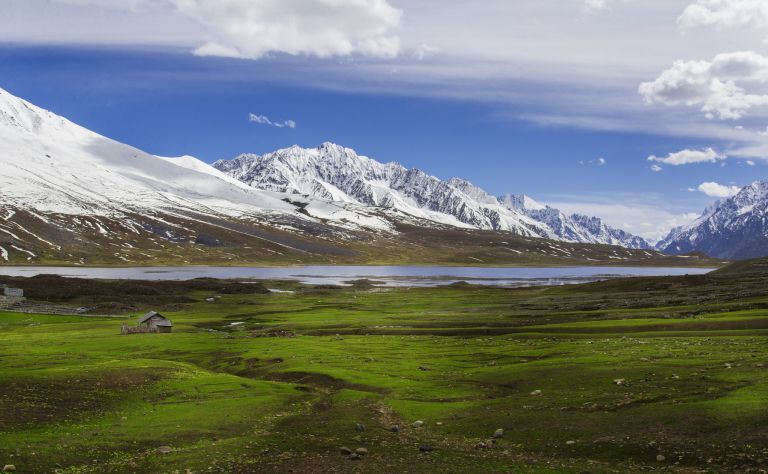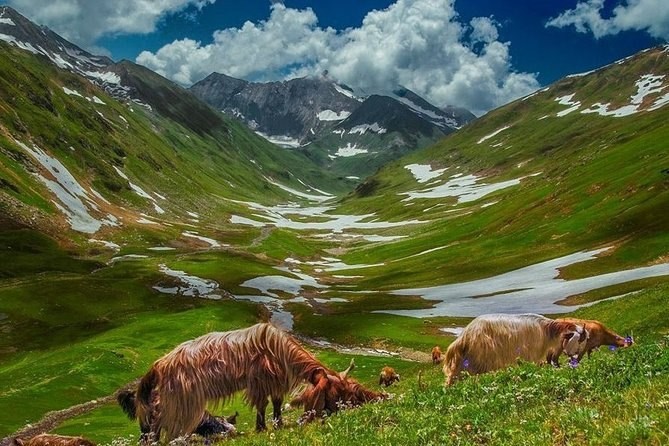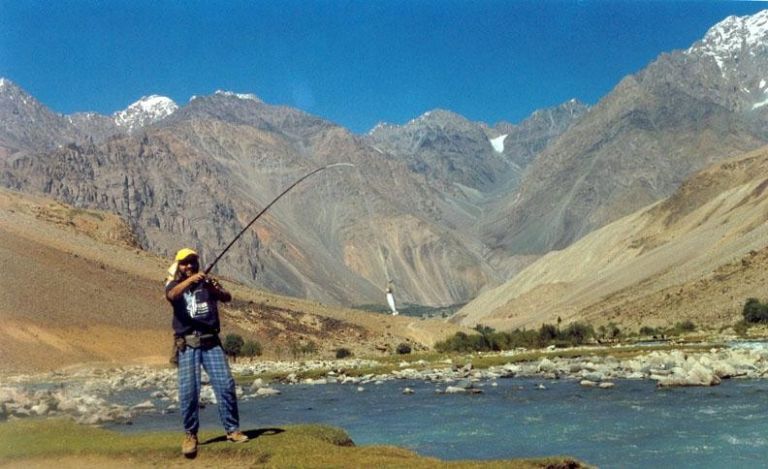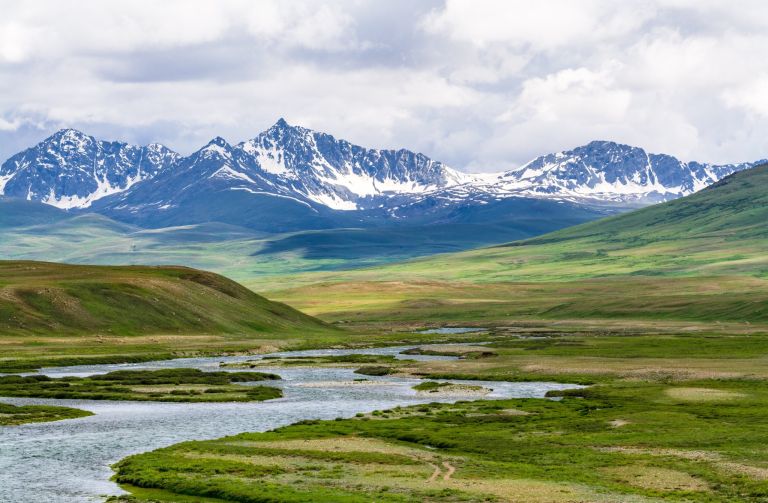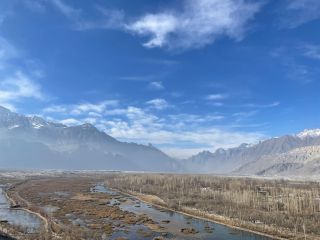Northern Pakistan is definitely the most beautiful part of the country and there is no better way to connect to this area by exploring it on the back of the horse, combined with camping. Every day you’ll wake up opening your tent and admiring the beauty of this magical place. In the evenings we’ll light up a campfire and cook simple meals together, followed by star gazing.
For this tour we’re going to Yarkhun Valley (Yarkhun means “home of friends” in Wakhi), located in the Chitral District, in the north of Pakistan. Chitral was once a princely state (until 1969), just like Hunza and Nagar. The area is home to many ethnic groups which all go under the name of Khow, about 30.000 of them. They are known for their hospitality and friendliness towards visitors. The Valley ranges from the border of Afghanistan (near the Wakhan Corridor) to Gilgit-Baltistan in the east where it connects through the mountain passes of Thuy and Dahkot. For centuries it was an important trading route and also a safe pass for pilgrims, which had a positive influence on the area. After the other states became part of the USSR and the borders closed, poverty came to the valley.
We’ll also visit the Swat Valley and Kalash Valley at the beginning of our itinerary so you’ll truly get a good taste of the best Pakistan has to offer. This part will be done by car while on our way to Shandur Pass.
Swat Valley is located in the Khyber Pakhtunkhwa Province of Pakistan and borders Gilgit-Baltistan and Afghanistan. It is named after the Swat River and the area is known as the Switzerland of Pakistan because of its lush green fields and beautiful deep forest on the hills. There are several historical sites in the area where we can find petroglyphs and stupas.
The Kalasha Valleys are north of Swat and are located in the Chitral district and are dominated by the Hindu Kush mountain range. They are inhabited by the Kalash people with their own culture, language and although most of them are converted to Islam, a part of them still practice their own religion, which could best be described as a form of ancient Hinduism. Many of them fled from the Taliban in Afghanistan to start a new life in Pakistan and this ethnic minority is under protection of the government of Pakistan. There are three main valleys with Bumburet being the largest. The other two are called Biriu and Ayun. The culture is known for their colored-clothed women with unique and beautiful clothing and jewelry.
Itinerary horseback riding in the Yarkhun Valley
Day 1: Arrival to Islamabad
Day 2: Scenic drive to Swat Valley / hotel
Day 3: Drive to Chitral via Lawori Pass/ hotel
Day 4: Full day excursion to Kalash Valley
Day 5: Drive to Mastuj/ hotel (the next days will be by horse)
Day 6: On the horseback to Sholkuch: camping
Day 7: Mughal Mariru: camping
Day 8: Lasht: camping
Day 9: Kishmanj: camping
Day 10: Chikar or Isharwaz: camping
Day 11: Free day: camping
Day 13: Shusht: camping
Day 14: Sholkhuch: camping
Day 15: Mustuj: hotel
Day 16: Drive back to Chitral
Day 17: Drive to Peshawar
Day 18: Drive to Islamabad via Taxila (add extra day for PCR-testing if needed)
Day-19: Departure from Islamabad
Price:
1 person: 7499 usd
2 persons: 5379 usd per person
3 persons: 4790 usd per person
4 persons: 4259 usd per person
** Single supplement: 890 usd
